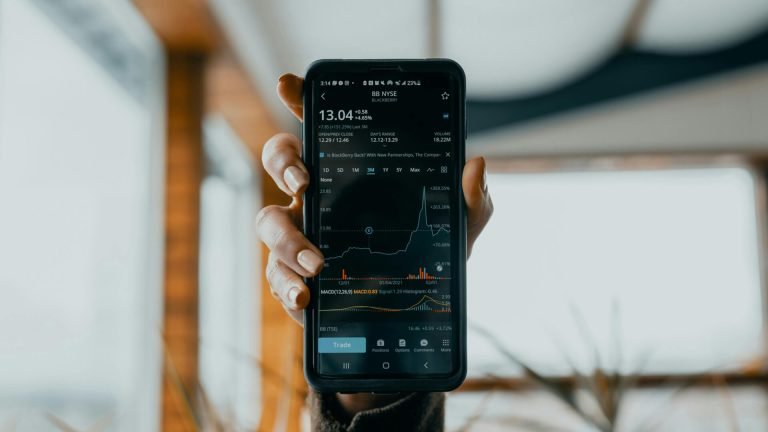
Understanding the Differences Between Trading and Long-Term Investing
In the world of finance, trading and long-term investing are two common approaches to growing wealth. While both involve the purchase and sale of assets, they differ significantly in strategy, time commitment, and risk tolerance. This article delves into the core distinctions between these two methodologies to help you choose the one that aligns best with your financial goals.
1. Time Horizon
The primary difference between trading and long-term investing lies in the time horizon:
- Trading: Focused on short-term market movements, often lasting from minutes to weeks.
- Investing: Involves holding assets for years or even decades to benefit from long-term growth and compounding returns.
2. Objectives
Traders and investors have distinct objectives:
- Trading: Aims to capitalize on short-term price fluctuations for quick profits.
- Investing: Seeks to build wealth over time by focusing on the underlying value of assets.
3. Risk Tolerance
Both trading and investing come with risks, but their nature and level differ:
- Trading: Involves higher risks due to market volatility, requiring quick decision-making.
- Investing: Generally involves lower risk, relying on the stability and growth of markets over the long term.
4. Required Skillset
Each approach demands unique skills and knowledge:
- Trading: Requires expertise in technical analysis, chart patterns, and short-term indicators.
- Investing: Involves understanding fundamental analysis, company valuations, and economic trends.
5. Frequency of Transactions
Another critical difference is the frequency of buying and selling:
- Trading: Frequently involves multiple transactions within a day, week, or month.
- Investing: Typically involves fewer transactions, focusing on accumulating assets over time.
6. Emotional Discipline
The emotional demands of trading and investing also vary:
- Trading: Requires the ability to manage stress and make quick decisions in a high-pressure environment.
- Investing: Demands patience and the ability to withstand market downturns without panic selling.
7. Costs
The costs associated with each strategy can impact overall profitability:
- Trading: Involves higher costs due to frequent transactions, including commissions and spreads.
- Investing: Incurs lower costs as transactions are less frequent.
Conclusion
Both trading and long-term investing have their merits and challenges. Traders benefit from the excitement and potential for quick gains, while investors enjoy the stability and rewards of long-term wealth accumulation. Understanding your financial goals, risk tolerance, and available time will help you determine whether trading, investing, or a combination of both is the right choice for you. To explore more strategies for both approaches, visit TradersNR and our blog.